What is Anti-oxidant Water Bio Ceramics?
Anti-oxidant water bio ceramics refer to a type of ceramic material designed to enhance water quality by infusing it with antioxidant properties. These ceramics are engineered to release beneficial minerals into the water, such as calcium, magnesium, and potassium, which are known for their antioxidant effects. As water passes through these bio ceramics, it undergoes a process that helps neutralize harmful free radicals and promote overall health. The use of anti-oxidant water bio ceramics is often associated with water purification systems and products aimed at providing not only clean and safe water but also water with additional health-promoting benefits.
Advantages of Anti-oxidant Water Bio Ceramics
Free radical neutralization
These ceramics facilitate the neutralization of free radicals in water through the infusion of antioxidant minerals. This process helps in reducing oxidative stress in the body, which is linked to various health issues.
Enhanced hydration
By improving water quality, these ceramics contribute to enhanced hydration at the cellular level. Proper hydration is crucial for maintaining optimal bodily functions, including digestion, circulation, and temperature regulation.
Mineral enrichment
Anti-oxidant water bio ceramics release essential minerals such as calcium, magnesium, and potassium into the water. These minerals contribute to improved mineral content, promoting better hydration and supporting vital bodily functions.
Detoxification support
The antioxidant properties of the ceramics aid in the detoxification process by eliminating potentially harmful substances in the water. This can have a positive impact on the body's ability to expel toxins and support its natural detox mechanisms.
Why Choose Us?
R&D
Invests heavily in R&D, continuously improving their product offerings and staying at the forefront of new material technology. dedication to innovation means customers can benefit from cutting-edge solutions.
Customization services
Provide customization services to meet specific customer requirements, ensuring that clients receive products that exactly fit their needs.
Experienced team
The company employs a team of experienced professionals with expertise in new material technologies, ensuring that their products and services are backed by deep knowledge and technical proficiency.
24h online service
We try and respond to all concerns within 24 hours and our teams are always at your disposal in case of any emergencies.
Types of Anti-oxidant Water Bio Ceramics
Tourmaline ceramic beads
These ceramic beads, infused with tourmaline minerals, contribute to water's antioxidant properties. Tourmaline is known for its ability to generate negative ions, which may enhance the bioavailability of minerals and promote a healthier water profile.


Far-infrared emitting ceramics
Far-infrared ceramics emit wavelengths that resonate with the natural frequencies of water molecules, promoting enhanced water absorption and improved hydration. The far-infrared radiation is believed to have positive effects on metabolic processes within the body.
Maifan stone ceramics
Maifan stone, a type of mineral rock, is often used in ceramics to release essential trace minerals into the water. These minerals can include calcium, iron, zinc, and selenium, providing a mineral-rich water source that may contribute to overall health.
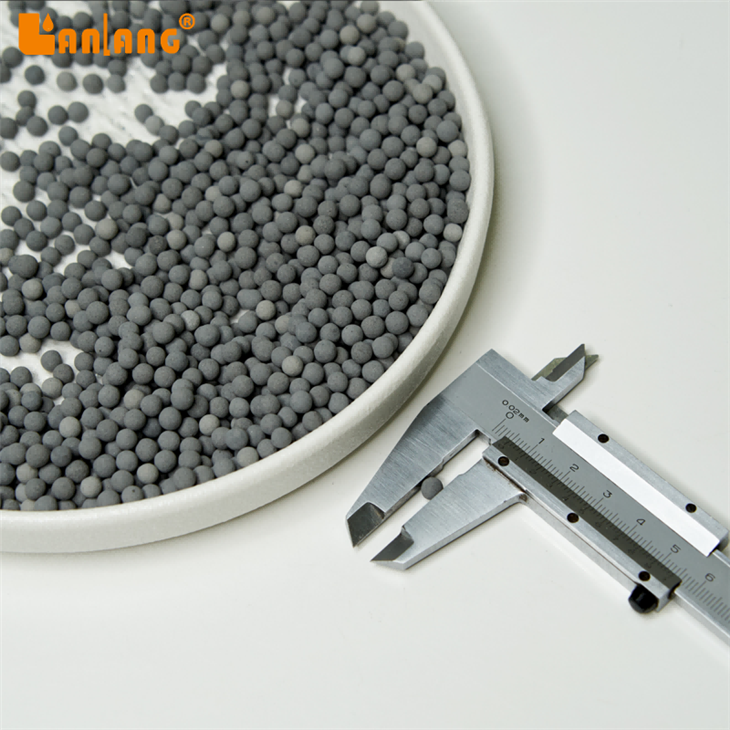
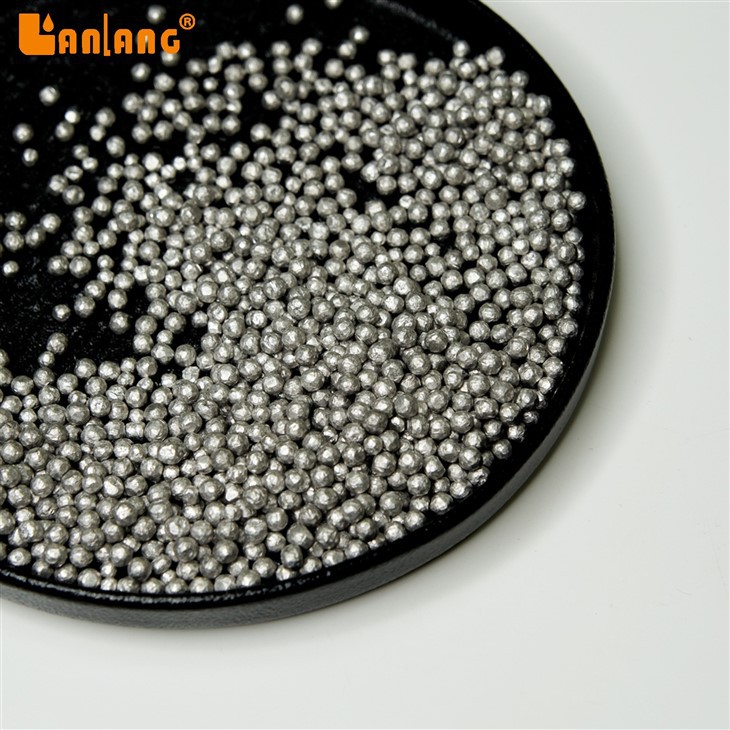
Germanium-infused ceramics
Germanium is incorporated into ceramics to enhance antioxidant effects by facilitating electron transfer processes. This can potentially neutralize free radicals in the water, offering a source of antioxidative support for the body when consumed.
Alkaline ceramic balls
Alkaline ceramic balls are designed to raise the ph of water, making it more alkaline. These balls often contain a blend of minerals such as calcium, magnesium, and potassium, promoting a balanced ph level that is believed to be beneficial for health.
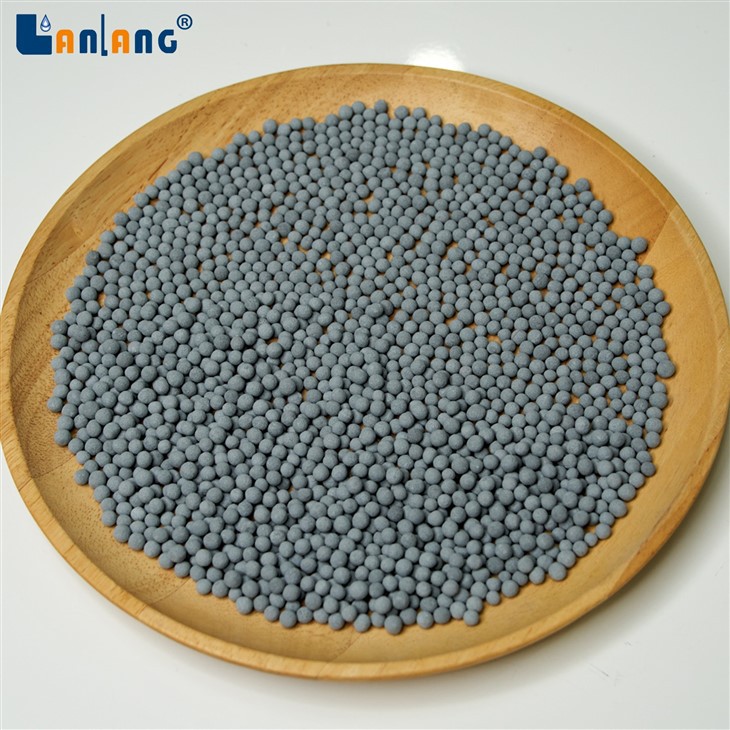
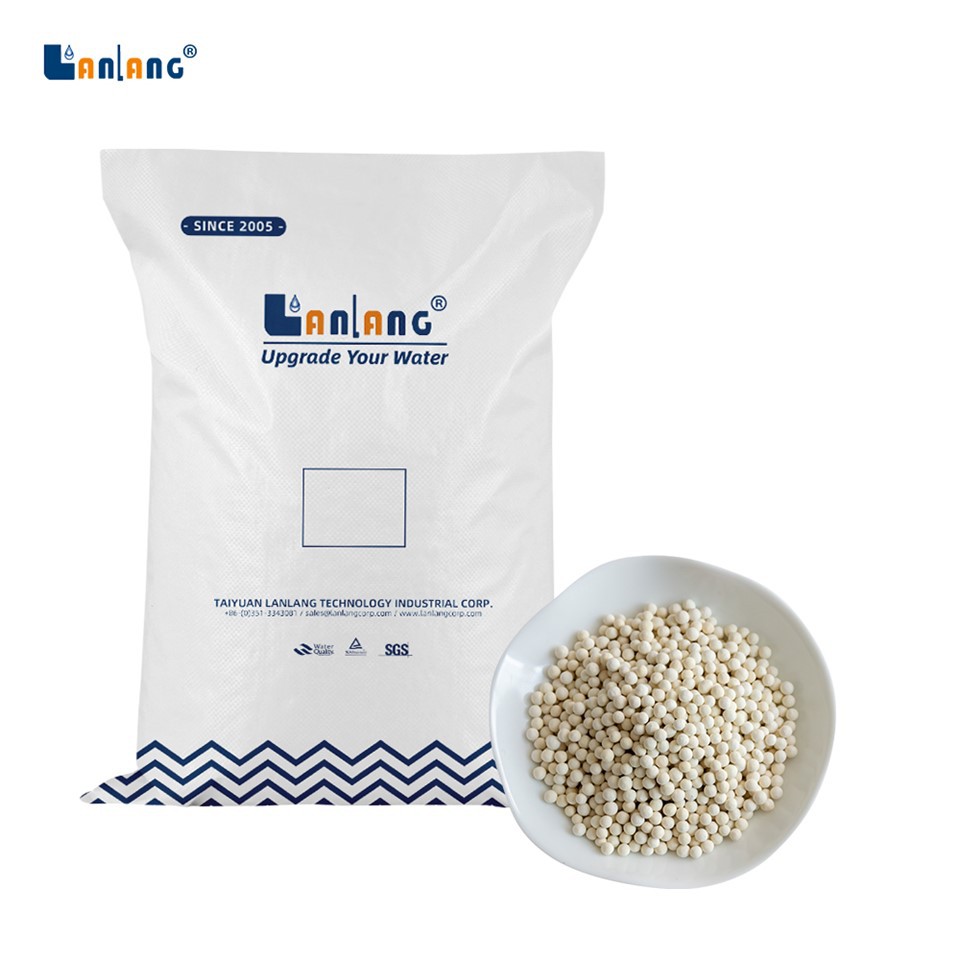
Ceramic balls with zeolite
Zeolite is a naturally occurring mineral known for its ability to adsorb and remove heavy metals from water. Ceramic balls infused with zeolite can contribute to water purification by trapping impurities, enhancing the overall quality of the water.
The Manufacturing Process of Anti-oxidant Water Bio Ceramics
Raw material selection
The process begins with the selection of raw materials that will form the basis of the ceramic composition. Common materials include clay, minerals (such as tourmaline, maifan stone, and zeolite), and other additives depending on the desired properties of the final product.
Mixing and formulation
The selected raw materials are mixed in precise proportions to create a homogeneous blend. This mixture is carefully formulated to achieve the desired characteristics of the final ceramic product, such as mineral content and porosity.
Shaping and molding
The blended material is then shaped or molded into the desired form. This can involve processes like extrusion, pressing, or casting to create ceramic beads, balls, or other shapes suitable for water treatment applications.
Drying
The formed ceramic products undergo a drying process to remove excess moisture. This step is crucial to prevent cracking or deformation during subsequent firing.
Firing
The dried ceramic products are fired in a kiln at high temperatures, typically between 1000 to 1300 degrees celsius. This firing process, known as sintering, causes the ceramic particles to fuse together, creating a solid and durable structure.
Infusion of minerals
After the initial firing, some types of anti-oxidant water bio ceramics may undergo an additional process to infuse them with specific minerals. This can involve soaking the ceramics in mineral solutions or incorporating mineral powders during the manufacturing process.
Surface treatment
In some cases, the ceramic products may undergo surface treatment to enhance their properties. This can include applying coatings or treatments that improve the release of minerals or facilitate specific chemical reactions in water.
Application of Anti-oxidant Water Bio Ceramics
Water purification systems
Anti-oxidant water bio ceramics are often integrated into water purification systems, such as water filters and purifiers. These ceramics help remove impurities, neutralize free radicals, and release minerals, resulting in cleaner and potentially healthier drinking water.
Household water filters
Ceramic beads or balls infused with antioxidants and minerals are used in household water filters. These filters can be installed in faucets, pitchers, or countertop systems to enhance the taste and quality of tap water, providing a convenient solution for everyday hydration.
Alkaline water ionizers
Some anti-oxidant water bio ceramics contribute to the production of alkaline water when incorporated into ionizing devices. Alkaline water is believed to have potential health benefits, including aiding in acid-alkaline balance and neutralizing excess acidity in the body.
Spa and shower filters
Ceramics designed for water treatment are also utilized in spa and shower filters. These products can help remove chlorine, heavy metals, and other impurities from bathing water, providing a more skin-friendly and enjoyable bathing experience.
Agricultural water treatment
Anti-oxidant water bio ceramics are sometimes used in agricultural water treatment systems. The ceramics can contribute to improving the quality of irrigation water by reducing harmful elements and enhancing nutrient availability, potentially benefiting crop growth.
Aquarium filtration
In the field of aquaculture and aquarium keeping, these ceramics are employed in filtration systems to create a healthier environment for fish and aquatic life. They help maintain water quality by removing toxins and releasing beneficial minerals.
Health and wellness products
Anti-oxidant water bio ceramics are also integrated into health and wellness products, such as water bottles or wellness pitchers. These products aim to provide individuals with antioxidant-rich and mineral-enriched water, promoting hydration and overall well-being.
Industrial water treatment
In certain industrial applications, anti-oxidant water bio ceramics may be incorporated into water treatment processes to improve the quality of water used in manufacturing or processing, contributing to the efficiency of industrial operations.
Things to Note When Using Anti-oxidant Water Bio Ceramics
Compatibility with water filters
Ensure that the anti-oxidant water bio ceramics are compatible with the specific type of water filter or purification system you are using. Different systems may require specific ceramic types or sizes to function optimally.
Installation guidelines
Follow the manufacturer's installation guidelines carefully. Improper installation can affect the performance of the ceramics and may compromise water quality. If you're uncertain, seek professional assistance.
Cleaning and maintenance
Regularly clean and maintain the water filter or purification system to prevent the build-up of impurities on the surface of the ceramics. This build-up could reduce their effectiveness over time. Consult the product manual for recommended cleaning procedures.
Replacement schedule
Some anti-oxidant water bio ceramics have a limited lifespan. Be aware of the recommended replacement schedule, as using ceramics beyond their effective period may result in diminished performance and water quality.
Water quality testing
Periodically test the water quality to ensure that the anti-oxidant properties and mineral content are meeting expectations. Water testing kits are available for assessing parameters like ph, mineral levels, and contaminants.
Avoid high temperatures
Exposing the ceramics to excessively high temperatures can impact their structure and effectiveness. Be cautious about using hot water if the ceramics are not specifically designed for high-temperature applications.
Understand health claims
While some manufacturers may make health-related claims about their anti-oxidant water bio ceramics, it's essential to approach such statements with a critical mindset. Consult reliable sources or experts to understand the scientific basis behind any health claims.
Consider water source
The effectiveness of anti-oxidant water bio ceramics can be influenced by the initial quality of the water. If the water source contains excessive impurities or contaminants, additional pre-treatment may be necessary for optimal results.
Storage conditions
If storing spare ceramics or replacement parts, ensure they are kept in a cool, dry place away from direct sunlight. This helps prevent degradation and maintains their structural integrity.
Regular system check-ups
If the anti-oxidant water bio ceramics are part of a larger water treatment system, perform regular check-ups on the entire system. This includes inspecting pipes, filters, and other components to identify and address any issues promptly.
Components of Anti-oxidant Water Bio Ceramics
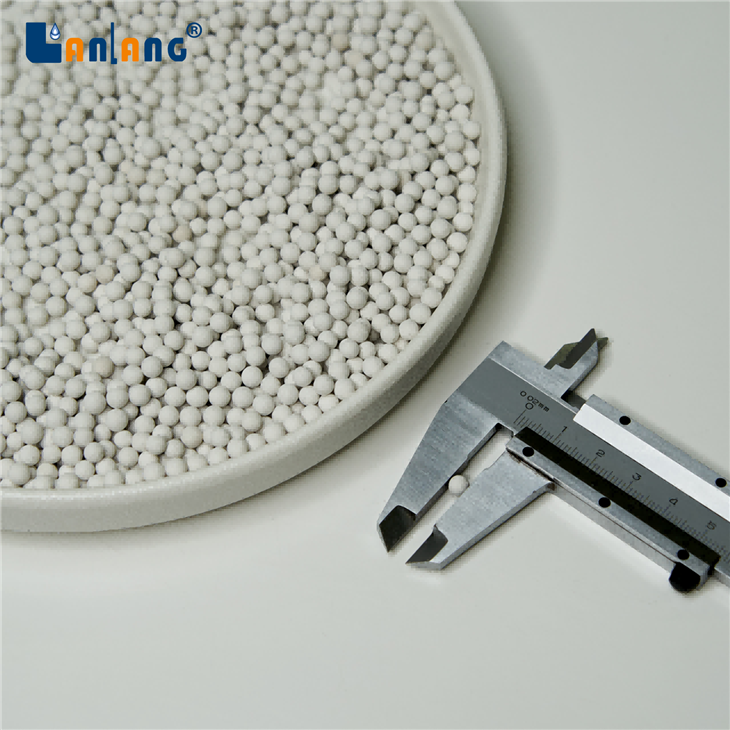



Clay
Clay serves as the base material for many anti-oxidant water bio ceramics. It provides the structure and form for the ceramics during the manufacturing process.
Tourmaline
Tourmaline is a mineral that is frequently incorporated into these ceramics. It is known for its ability to generate negative ions and infrared radiation, contributing to antioxidant effects and potential health benefits.
Far-infrared emitting minerals
Some ceramics include minerals that emit far-infrared rays. These rays are believed to interact with water molecules, promoting improved hydration and potentially supporting various metabolic processes in the body.
Maifan stone
Maifan stone, a type of mineral rock, is commonly used in anti-oxidant water bio ceramics. It releases essential minerals such as calcium, iron, zinc, and selenium into the water, contributing to its mineral content.
Germanium
Germanium is another mineral often found in these ceramics. It is known for its semiconductor properties and may play a role in enhancing antioxidant effects by facilitating electron transfer.
Alkaline minerals
Many anti-oxidant water bio ceramics contain minerals that contribute to the alkalinity of water. Calcium, magnesium, and potassium are examples of alkaline minerals that may be released into the water during the filtration process.
Zeolite
Zeolite is a naturally occurring mineral with a porous structure. It is known for its ability to adsorb heavy metals and other impurities from water, contributing to the purification process.
Ceramic glazes or coatings
Some anti-oxidant water bio ceramics may have glazes or coatings applied to their surfaces. These coatings can enhance the ceramics' properties, improve their durability, and facilitate the controlled release of minerals.
Silica
Silica may be present in anti-oxidant water bio ceramics. It can contribute to the overall structure and stability of the ceramics.
Other trace minerals
Depending on the specific formulation, anti-oxidant water bio ceramics may contain trace amounts of other minerals that can influence water quality and potential health benefits.
How to Maintain Anti-oxidant Water Bio Ceramics
Regular cleaning: Periodically clean the anti-oxidant water bio ceramics to remove any accumulated sediment, impurities, or contaminants. The frequency of cleaning depends on the quality of your water source.
Rinse the ceramics with clean water or gently scrub them using a soft brush. Avoid using abrasive materials that may damage the surface.
Avoid harsh chemicals: Refrain from using harsh chemicals or strong cleaning agents when maintaining the ceramics. These substances can degrade the structure and diminish the efficacy of the ceramics.
Replacement schedule: Over time, the ceramics may lose their effectiveness, so regular replacement is essential for optimal performance.
Inspect for damage: Regularly inspect the ceramics for any signs of damage, cracks, or wear. Damaged ceramics may not function properly and could potentially introduce impurities into the water.
If you notice any issues, replace the damaged ceramics promptly to maintain the quality of your water.
Avoid extreme temperatures: Protect the anti-oxidant water bio ceramics from extreme temperatures. Exposure to very high or low temperatures can affect their structural integrity and performance.
Store spare ceramics in a cool, dry place away from direct sunlight to prevent any adverse effects.
Water quality testing: Periodically test the water quality to ensure that the anti-oxidant properties and mineral content are meeting your expectations. Water testing kits can provide insights into parameters like ph, mineral levels, and contaminants.
System check-ups: If the ceramics are part of a larger water treatment system, conduct regular check-ups on the entire system. Inspect pipes, filters, and other components to identify and address any issues promptly.
How do Anti-Oxidant Water Bio Ceramics Enhance Water Quality
Release of minerals
Anti-oxidant water bio ceramics often contain minerals such as calcium, magnesium, potassium, and others. During water filtration, these minerals are released into the water, contributing to its overall mineral content. This mineral enrichment can enhance the taste and nutritional value of the water.
Alkalization of water
Some anti-oxidant water bio ceramics are designed to increase the alkalinity of water. The release of alkaline minerals helps balance the ph level of the water. Alkaline water is believed by some to offer potential health benefits, including supporting the body's acid-alkaline balance.
Neutralization of free radicals
The ceramics may possess antioxidant properties that enable them to neutralize free radicals in the water. Free radicals are unstable molecules that can cause oxidative stress in the body. By neutralizing these free radicals, the ceramics contribute to a reduction in oxidative stress, potentially promoting better health.
Far-infrared emission
Some ceramics emit far-infrared rays when in contact with water. These rays resonate with water molecules, potentially improving water absorption at the cellular level. This can enhance hydration and support various metabolic processes in the body.
Detoxification
Anti-oxidant water bio ceramics, particularly those containing materials like zeolite, may contribute to the removal of impurities and toxins from the water. Zeolite has adsorption properties that can trap heavy metals and other contaminants, leading to cleaner and purer water.
Improved hydration
The mineral-rich and potentially alkaline water produced by these ceramics may improve hydration at the cellular level. Proper hydration is essential for various bodily functions, including digestion, circulation, and temperature regulation.
Enhanced taste and odor
The release of minerals and the removal of impurities can result in water with improved taste and reduced odors. This can make the water more palatable and encourage individuals to consume an adequate amount of water daily.
Support for skin and hair health
The minerals released by anti-oxidant water bio ceramics may also have benefits for skin and hair health. Some users report improvements in skin complexion and hair texture due to the mineral content in treated water.
What Minerals are Commonly Found in Anti-Oxidant Water Bio Ceramics

Calcium
Calcium is an essential mineral that plays a crucial role in bone health, muscle function, and nerve transmission. It is commonly released by anti-oxidant water bio ceramics, contributing to increased calcium levels in treated water.
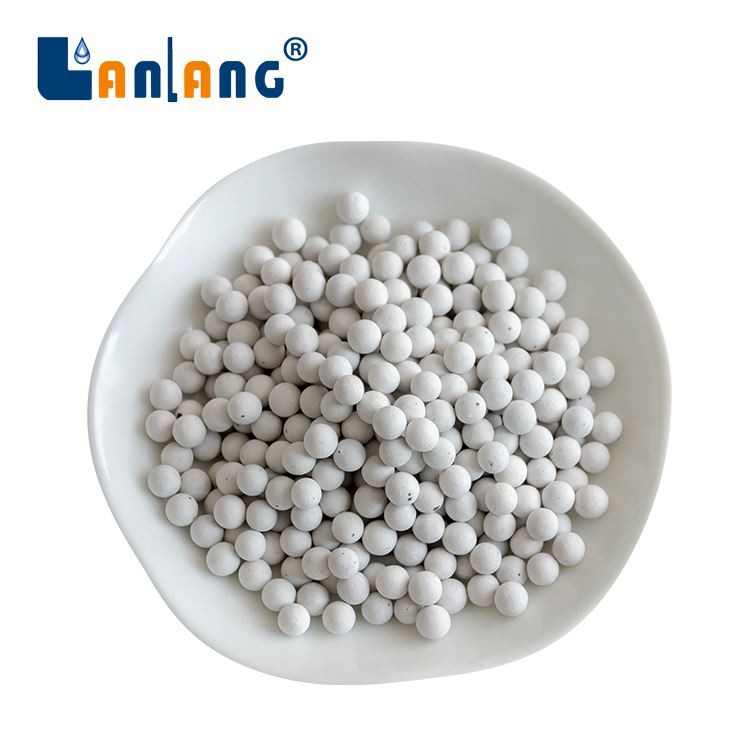
Magnesium
Magnesium is another important mineral that supports various bodily functions, including muscle and nerve function, energy production, and bone health. Its release from the ceramics can contribute to magnesium-enriched water.
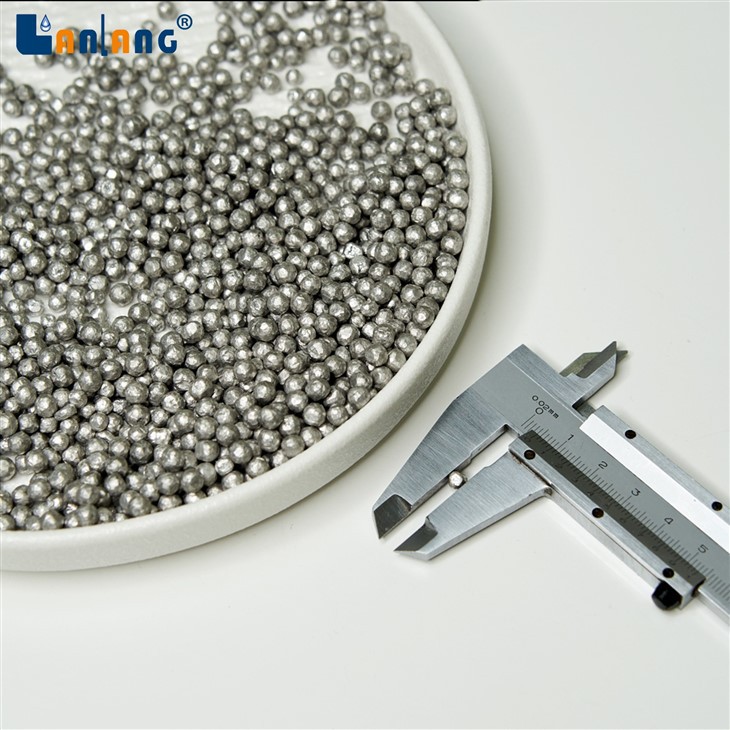
Potassium
Potassium is an electrolyte essential for maintaining proper fluid balance, nerve function, and muscle contractions. Some anti-oxidant water bio ceramics release potassium into the water, potentially enhancing its nutritional profile.
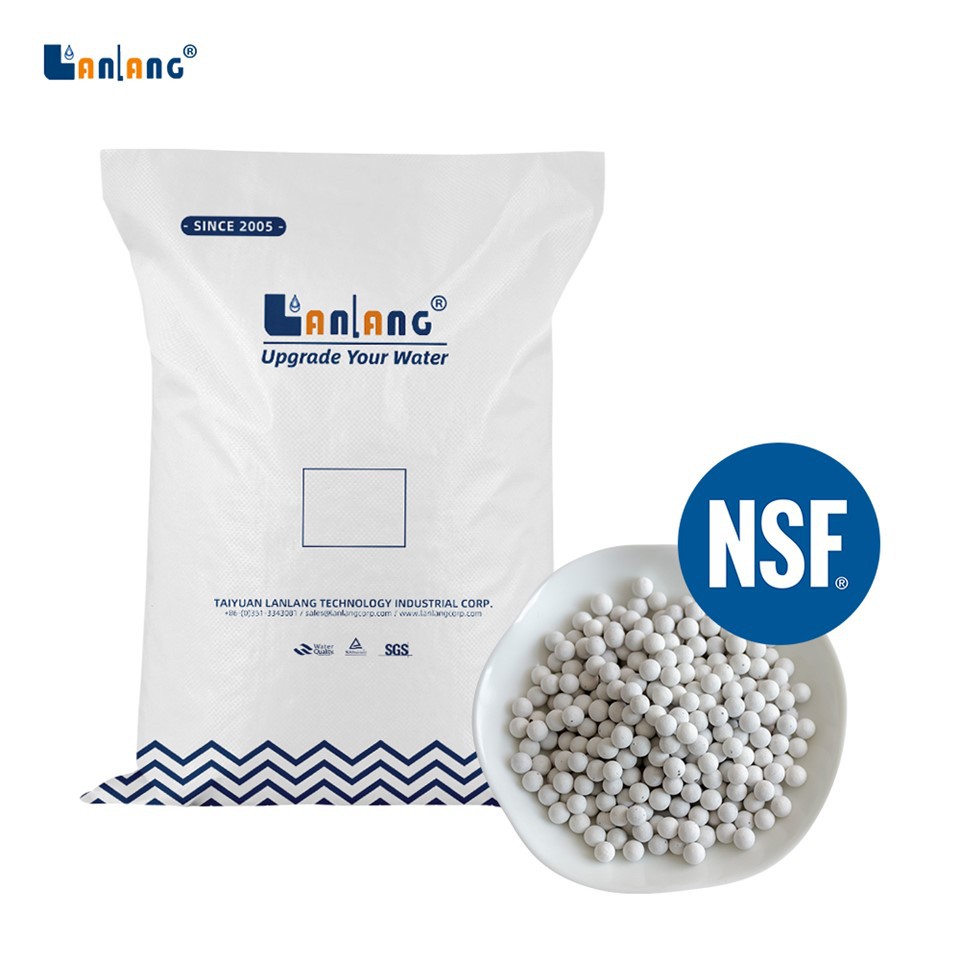
Silica
Silica is a compound of silicon and oxygen that contributes to the structure of some anti-oxidant water bio ceramics. While not a mineral in the traditional sense, silica may be released into the water during the filtration process.

Sodium
While not always present, some ceramics may release trace amounts of sodium. However, this is typically in small quantities, and anti-oxidant water bio ceramics are not a significant source of sodium.

Iron
Certain anti-oxidant water bio ceramics, especially those containing materials like maifan stone, may release trace amounts of iron. Iron is important for transporting oxygen in the blood and supporting overall health.

Zinc
Zinc is an essential trace element that plays a role in immune function, wound healing, and dna synthesis. Some ceramics may release zinc into the water, contributing to its presence in treated water.

Selenium
Selenium is a trace mineral with antioxidant properties that can support the immune system. It is sometimes found in anti-oxidant water bio ceramics, particularly those containing minerals like maifan stone.
Raw material selection
The process begins with the selection of raw materials. Common materials include clay, minerals (such as tourmaline, maifan stone, zeolite), and other additives. These materials are chosen based on their properties and intended effects on water.
Mixing and formulation
The selected raw materials are mixed in precise proportions to create a homogenous blend. The formulation is crucial for achieving the desired characteristics of the final ceramic product, such as mineral content and porosity.
Shaping and molding
The blended material is shaped or molded into the desired form. Common forms include beads, balls, or pellets. Different shaping techniques, such as extrusion, pressing, or casting, may be employed depending on the product design.
Drying
The shaped ceramics undergo a drying process to remove excess moisture. This step is essential to prevent cracking or deformation during subsequent firing. Drying can be done through air drying or using specialized drying chambers.
Firing
The dried ceramic products are fired in a kiln at high temperatures, typically ranging from 1000 to 1300 degrees celsius. This firing process, known as sintering, causes the ceramic particles to fuse together, creating a solid and durable structure. The firing temperature and duration are carefully controlled to achieve the desired properties.
Cooling
After sintering, the ceramics are allowed to cool gradually. Rapid cooling may result in thermal stress and structural issues. Controlled cooling helps ensure the integrity of the ceramic structure.
Infusion of minerals
In some cases, after the initial firing, the ceramics may undergo an additional process to infuse them with specific minerals. This can involve soaking the ceramics in mineral solutions or incorporating mineral powders during the manufacturing process.
Surface treatment
Depending on the product design, anti-oxidant water bio ceramics may undergo surface treatment or coating. This can include applying glazes or coatings that enhance the ceramics' properties, improve their durability, or facilitate controlled mineral release.
How are Anti-Oxidant Water Bio Ceramics Used in Water Purification Systems
Ceramic filters or cartridges
Anti-oxidant water bio ceramics are often embedded in ceramic filters or cartridges. These filters may be part of point-of-use devices such as water pitchers, countertop filters, or faucet attachments, or they may be integrated into larger point-of-entry systems for entire households.
Water filtration media
The ceramics serve as a key filtration media within the filter or cartridge. As water passes through the ceramic material, impurities, sediment, and contaminants are physically trapped or adsorbed, contributing to the purification process.
Mineral release
One of the primary functions of anti-oxidant water bio ceramics is the release of beneficial minerals into the water. This process occurs during the filtration as water makes contact with the ceramic material. Common minerals include calcium, magnesium, potassium, and others, depending on the specific composition of the ceramics.
Alkalization of water
Some anti-oxidant water bio ceramics are designed to increase the alkalinity of water. As the ceramics release alkaline minerals, the ph level of the water may be raised. Alkaline water is believed by some to offer potential health benefits, and this feature is often integrated into purification systems.
Neutralization of free radicals
The ceramics may possess antioxidant properties, facilitating the neutralization of free radicals in the water. This process involves the reduction of harmful reactive oxygen species, potentially contributing to a reduction in oxidative stress.
Far-infrared emission
Certain anti-oxidant water bio ceramics emit far-infrared rays. These rays may resonate with water molecules, potentially improving water absorption at the cellular level. While the scientific basis for far-infrared benefits is debated, some systems incorporate this feature.
Integration with other filtration technologies
Anti-oxidant water bio ceramics are often used in conjunction with other filtration technologies. For example, some systems may combine ceramics with activated carbon or other media to target a broader range of contaminants, including chemicals and organic compounds.
Regular maintenance and replacement
Over time, the ceramics may lose their effectiveness, and proper maintenance ensures continued water quality improvement.
In What Applications are Anti-Oxidant Water Bio Ceramics Commonly Used
Household water filtration systems
Anti-oxidant water bio ceramics are often incorporated into household water filters and purification systems. These systems may be installed at faucets, in pitchers, or as part of under-sink filtration units to improve the taste and quality of drinking water.
Water dispensers and coolers
Water dispensers and coolers that use replaceable filters may utilize anti-oxidant water bio ceramics. These ceramics contribute to the filtration process, providing users with cleaner and potentially health-enhancing water for hydration.
Alkaline water ionizers
Some anti-oxidant water bio ceramics are used in alkaline water ionizers. These devices not only purify water but also increase its alkalinity. Alkaline water is believed by some to offer health benefits, and the ceramics play a role in achieving the desired water properties.
Spa and shower filters
Ceramics designed for water treatment may be used in spa and shower filters. These filters help remove chlorine and impurities from bathing water, providing a more skin-friendly and enjoyable shower experience.
Health and wellness products
Anti-oxidant water bio ceramics may be integrated into health and wellness products such as water bottles, wellness pitchers, or portable water filters. These products aim to provide individuals with antioxidant-rich and mineral-enriched water for on-the-go hydration.
Agricultural water treatment
In certain agricultural applications, anti-oxidant water bio ceramics may be employed for water treatment. The ceramics can contribute to improving the quality of irrigation water, potentially benefiting crop growth.
Aquarium filtration
Ceramics designed for water treatment may be used in aquarium filters. They contribute to maintaining water quality by removing impurities, promoting a healthier environment for fish and aquatic life.
Industrial water treatment
Some industrial water treatment systems utilize anti-oxidant water bio ceramics to improve water quality for manufacturing or processing purposes. These ceramics may contribute to the removal of impurities and contaminants from industrial water sources.
Water pitchers and carafes
Anti-oxidant water bio ceramics are commonly integrated into water pitchers and carafes designed for home use. These products provide an easy and convenient way to enhance the quality of tap water for drinking and cooking.
Commercial water dispensing systems
Commercial establishments, such as restaurants or offices, may use water dispensing systems equipped with anti-oxidant water bio ceramics. These systems offer a solution for providing clean and potentially health-promoting water to a larger number of users.
FAQ
As one of the leading anti-oxidant water bio ceramics manufacturers and suppliers in China, we warmly welcome you to wholesale anti-oxidant water bio ceramics in stock here from our factory. All customized products are with high quality and competitive price.
essential mineral media, hydrogen ball










